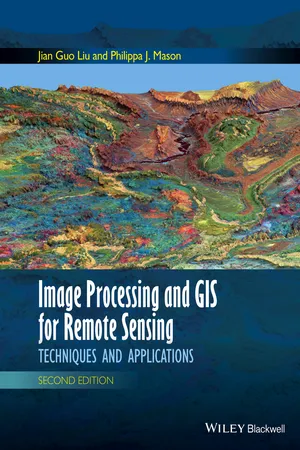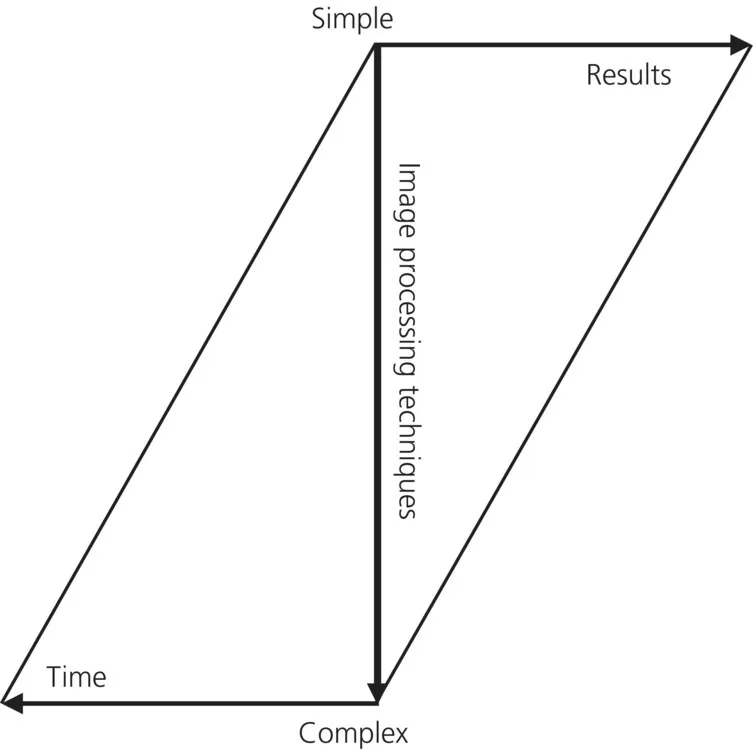
Image Processing and GIS for Remote Sensing
Techniques and Applications
- English
- ePUB (mobile friendly)
- Available on iOS & Android
Image Processing and GIS for Remote Sensing
Techniques and Applications
About This Book
Following the successful publication of the 1st edition in 2009, the 2nd edition maintains its aim to provide an application-driven package of essential techniques in image processing and GIS, together with case studies for demonstration and guidance in remote sensing applications. The book therefore has a "3 in 1" structure which pinpoints the intersection between these three individual disciplines and successfully draws them together in a balanced and comprehensive manner.
The book conveys in-depth knowledge of image processing and GIS techniques in an accessible and comprehensive manner, with clear explanations and conceptual illustrations used throughout to enhance student learning. The understanding of key concepts is always emphasised with minimal assumption of prior mathematical experience.
The book is heavily based on the authors' own research. Many of the author-designed image processing techniques are popular around the world. For instance, the SFIM technique has long been adopted by ASTRIUM for mass-production of their standard "Pan-sharpen" imagery data. The new edition also includes a completely new chapter on subpixel technology and new case studies, based on their recent research.
Frequently asked questions
Information
PART I
Image processing

CHAPTER 1
Digital image and display
1.1 What is a digital image?
Table of contents
- Cover
- Title Page
- Table of Contents
- Overview of the book
- PART I: Image processing
- PART II: Geographical information systems
- PART III: Remote sensing applications
- PART IV: Summary
- APPENDIX A: Imaging sensor systems and remote sensing satellites
- APPENDIX B: Online resources for information, software and data
- References
- Index
- End User License Agreement